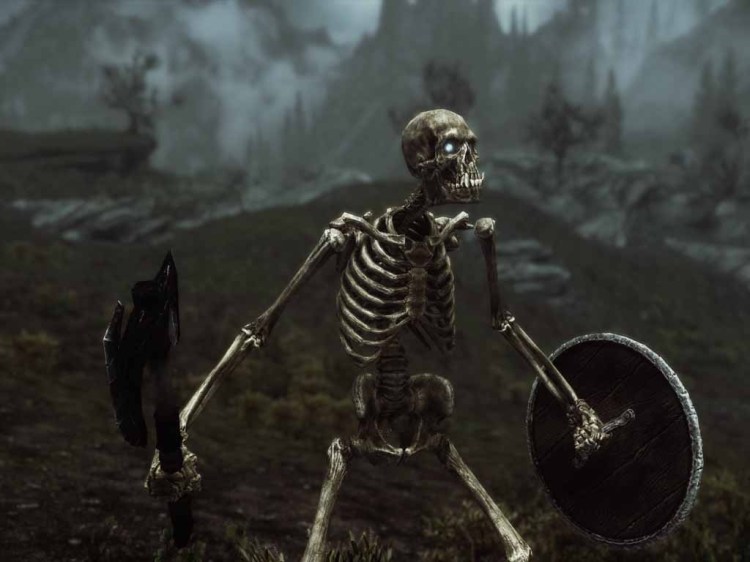In fourth grade, you learn long division, some U.S. history, and, apparently, a love for PC gaming.
Thirty-seven percent of people age 9 or older in the U.S. play PC games, according to industry intelligence firm The NPD Group. Those active players spend 6.4 hours every week with a variety of hardcore and casual releases. The PC is one of the oldest gaming platforms, but it continues to attract an audience due to the variety of experiences different people can find that best suits them.
“As with gaming consumers across all platforms, the PC gamer is not a ubiquitous group,” NPD analyst Liam Callahan said. “[That makes] it critical for anyone in the PC game space to understand the consumer segments and their respective behaviors.”
The NPD report highlights three distinct groups of gamers on the PC: heavy core, light core, and casual. While casual gamers, which NPD defines as people who don’t play “core games,” are the largest group at 56 percent of the market. The intelligence firm labels “core games” as fighters, shooters, and other triple-A releases that you would typically spend $60 on.
The casual crowd also spends the least amount of time actually gaming. Light core (people who play the aforementioned “core games”), at 24 percent, and heavy core (people who play a lot of the core games regularly), at 20 percent, spend significantly more than 5 hours each week playing on the PC.
Heavy core has also spent more than twice as much money on games as casual PC players over the last three months. NPD argues that number is actually low and that publishers and PC game retailers are missing out on some potential revenue.
“Consumers’ expectations may be the greatest barrier to maximizing spending in the PC gaming space,” said Callahan. “[This is because] half of PC gamers who play digital and/or physical games on the computer are expecting there to always be a sale right around the corner. Publishers and retailers alike need to better manage these expectations.”
The report found that 46 percent of PC players visited a digital distributor, like Steam, to make a digital purchase, but — and this isn’t surprising — people buying digital offerings are less likely to pay full price than people who buy physical titles. Half of all PC gamers are now accustomed to waiting for sales before purchasing something they intend to play.
VentureBeat's mission is to be a digital town square for technical decision-makers to gain knowledge about transformative enterprise technology and transact. Learn More

